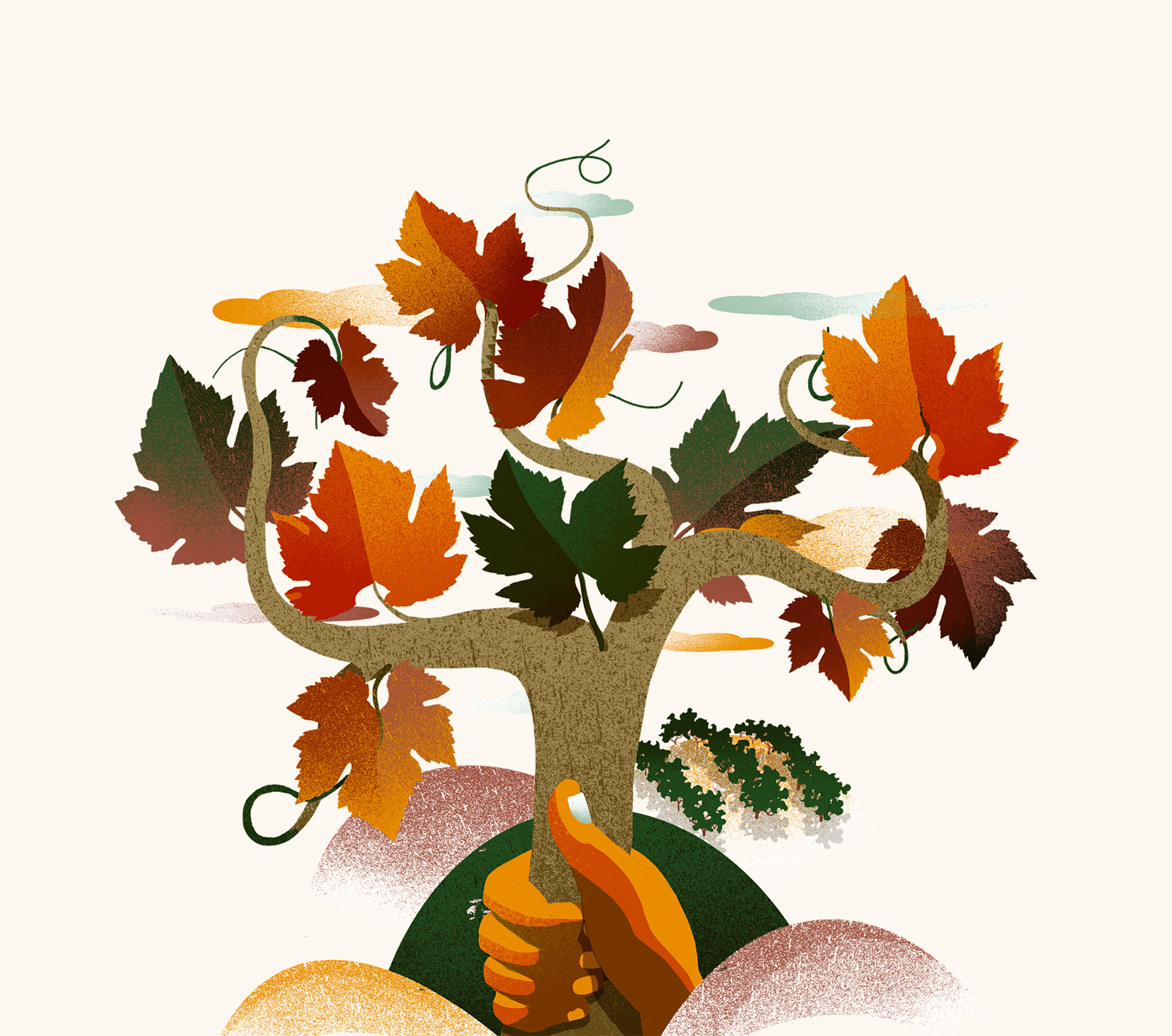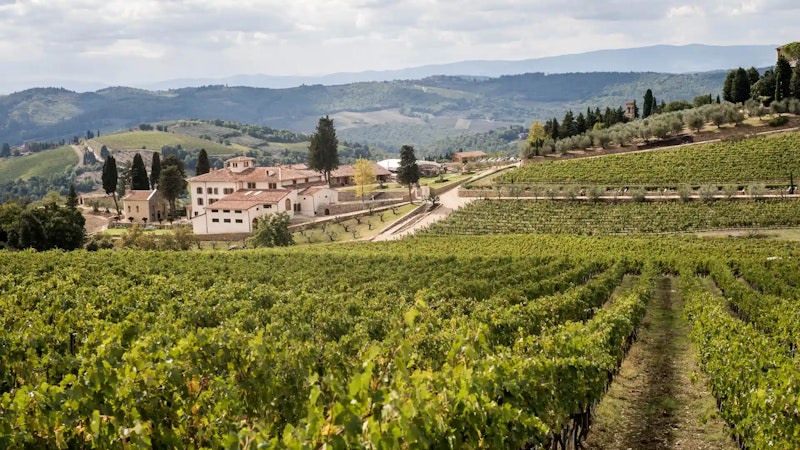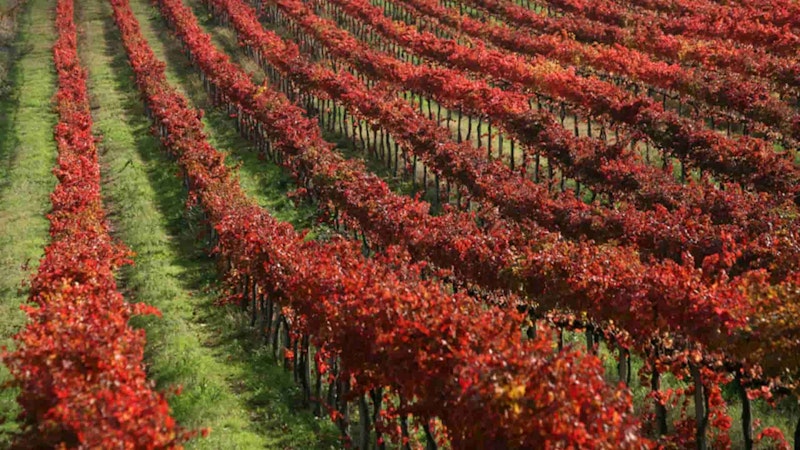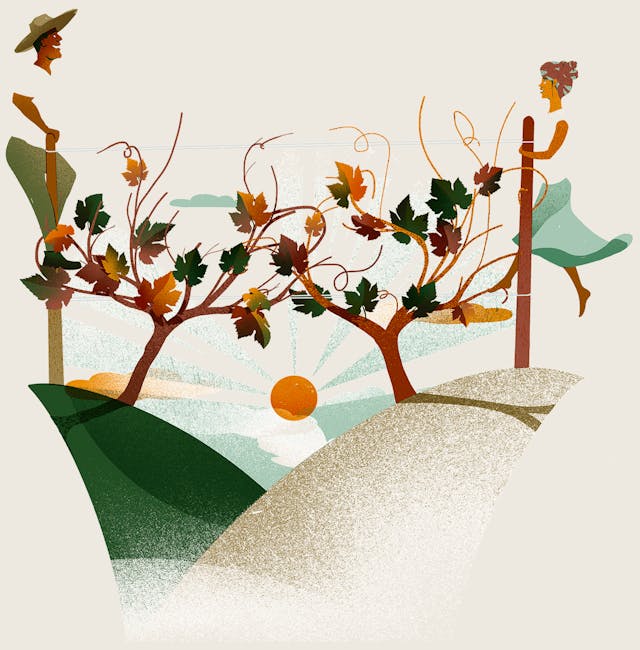How to create a winning wine list
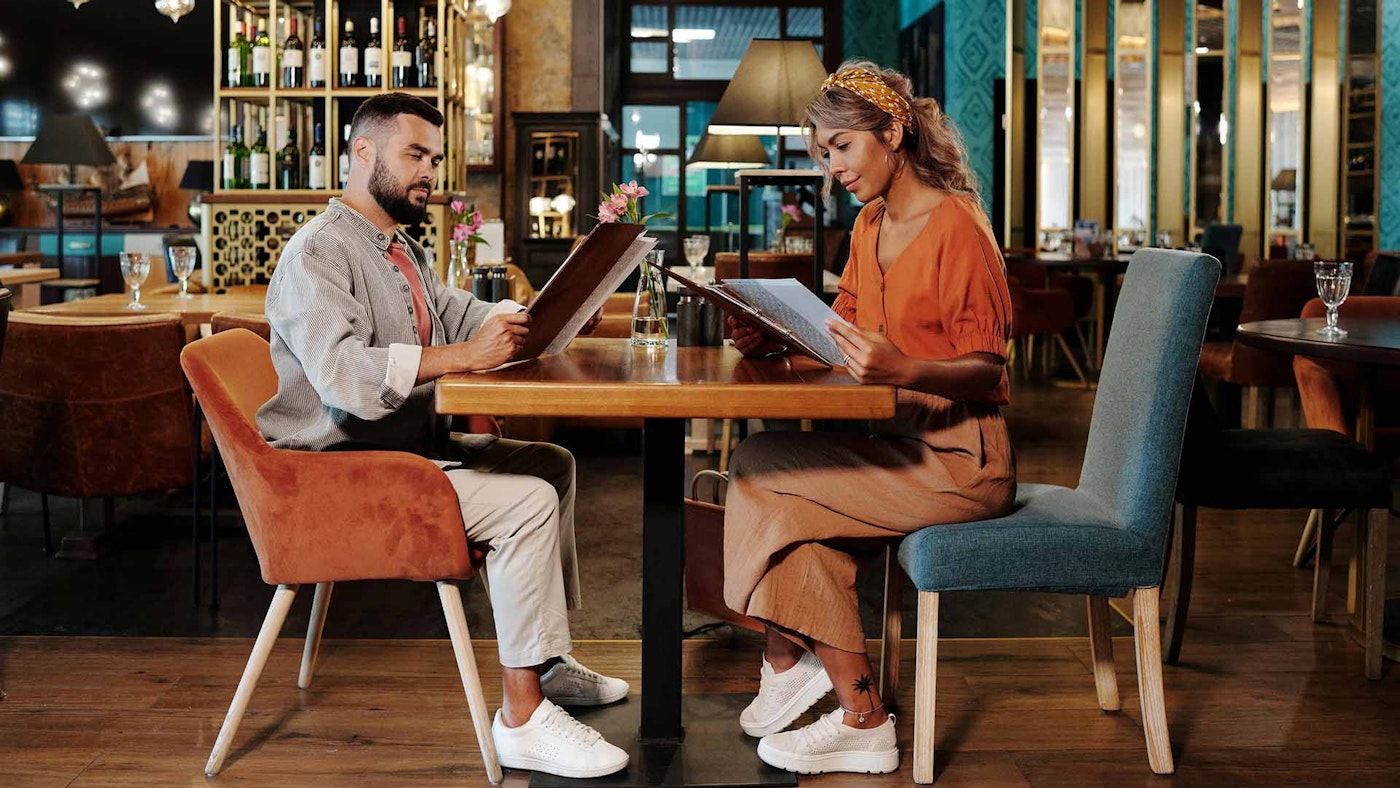
Times have changed: no more encyclopaedic wine lists built with huge investments, often seen as a tax to be paid in order to enter the "world that counts" and gain access to prestigious awards. Today, the trend is towards more concise lists of around two hundred references, as long as they are made up of suggestions based not only on one's own tastes, but also on the target clientele and the type of cuisine served. For example, a seafood restaurant that has 90% red wines in its cellar, many of which are also structured, should ask itself whether its personal tastes have irrevocably led it to make choices that are not so appropriate.
One of the biggest problems today is that the wine list is often treated superficially, without considering that it is one of the most important tools of a restaurant, if it is drawn up intelligently. Firstly because it is an important business card, and secondly because it can account for up to 40% of a restaurant's turnover.
Creating a winning wine list: the customer first
The San Domenico restaurant in Imola (two Michelin stars since 1977) is one of the most beautiful wine cellars in Italy. Built more than five hundred years ago by Dominican monks, it still preserves unmistakable traces of the past, such as the trachyte of the Roman road, and today it jealously guards true treasures of national and international oenology, thousands of bottles of rare and precious vintages: from a 1945 Biondi Santi (the oldest wine in the cellar) to contemporary Italian and French icons. The wine list has been built up over the years, with 13-14 thousand labels in stock, and has been managed for years by head sommelier Francesco Cioria. Every year San Domenico buys 7,000 bottles and sells 7,000, because that is the point: a wine cellar, especially one as important as this, must be monetised. And how? By trying to create an offer that appeals to our clientele, favouring wines with a future, in other words labels that can stand the test of time and be resold in 10 years' time.
While stocking wine has always been an important investment for a restaurant, the reality is that there is not as much money as there used to be. As a result, new establishments struggle to build extensive wine lists, but this does not mean they should be neglected or trivialised. At least 50 per cent of the list should reflect the target clientele and their tastes, and of course the type of cuisine on offer. An example? For a restaurant in the Barolo area, there is little point in offering 150 wines from Emilia Romagna.
SPARKLING AND AUTOCTONS WINES
Classic method and terroir wines are two of the main trends in today's wine lists. Enough of the encyclopaedias, the wine list must be an exciting book that tells the story of a territory: local wines are increasingly in demand, especially by tourists, although the great names of Italian and international oenology, especially French, must not be absent. There is also room for organic, biodynamic and natural wines, which deserve a chapter of their own and must be well explained because the average consumer is not very familiar with this type of wine.
Simple, concise and easy to read, an average of 100 different types of wine is sufficient, and if there is no suitable person to explain the various labels, micro-descriptions with an indication of the terroir and general tasting notes are also welcome.
A normal restaurant with a hundred or so labels can make an exhaustive suggestion. Then there is fun: for many, the wine list is the added value of a meal and must be able to entertain everyone, from the novice to the expert. Another fundamental issue is price: you have to make the right additions so that customers can uncork the bottles they want without feeling "robbed".
Coravin Revolution
It is becoming increasingly common to find a page or two on the menu dedicated to a very special proposal by the glass, one made with the Coravin. The Coravin is a tool that allows you to extract the wine from the bottle without uncorking it. How does it work? It is equipped with a very thin needle and a bottle of argon gas: the needle pierces the cork, uncorking the wine and at the same time insufflating the gas, which prevents air from entering the bottle. The gas then enters the bottle and replaces the leaked liquid; when the needle is withdrawn, the cork is compressed again. The remaining wine is not organoleptically altered and the bottle can be stored for a long time. One of the first to use Coravin in Italy was Luca Vissani, who runs the famous family restaurant with his father Gianfranco. A system that is revolutionising wine by the glass in restaurants and wine bars. It is a very useful tool that allows customers to enjoy a glass of great wine at a more affordable price than buying an entire bottle. An advantage that also benefits the restaurateur, who can sell great bottles more easily.
THE FUTURE? IS SOMMELIER POWER
Do people no longer have the time to wade through encyclopaedic wine lists? Probably, although it depends on the type of restaurant and the occasion. There is a general and widespread increase in wine culture among restaurant customers, but they often do not have the time to leaf through a list: then you need the right person who knows how to guide and advise. This is why the sommelier, or at least the curator of the wine cellar, will be indispensable for any type of restaurant, not least because the wine section is a major source of income for a restaurant: if you invest in wine in the right way, it can account for up to 40% of your turnover. Those who invest wisely in this area will be well rewarded.
THE 5 RULES OF THE WINE LIST
1. Simple, concise and easy to read
2. Choose wines according to your cuisine and target audience
3. Give space to local wines
4. Offer a good selection of wines by the glass
5. Apply correct mark-ups
